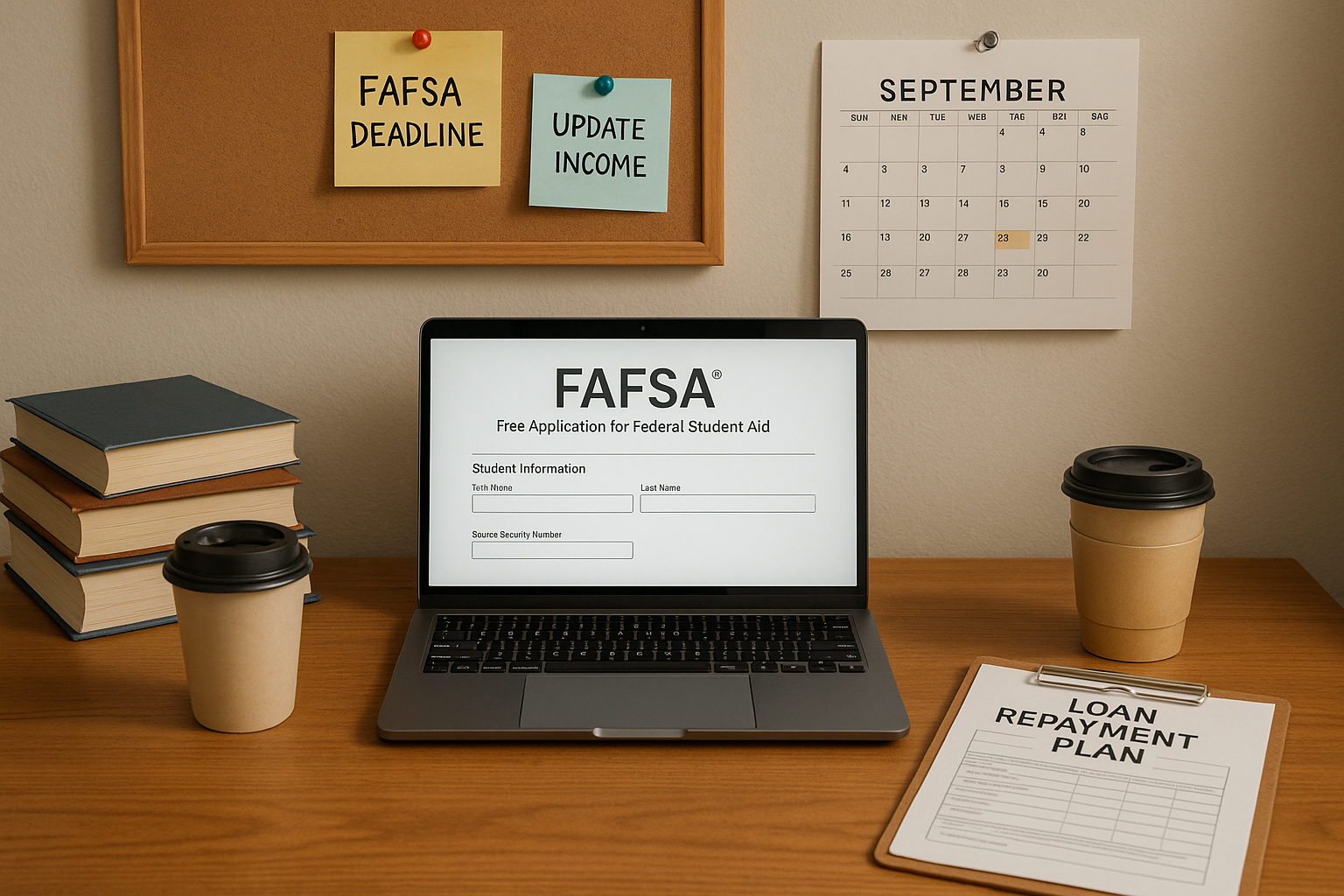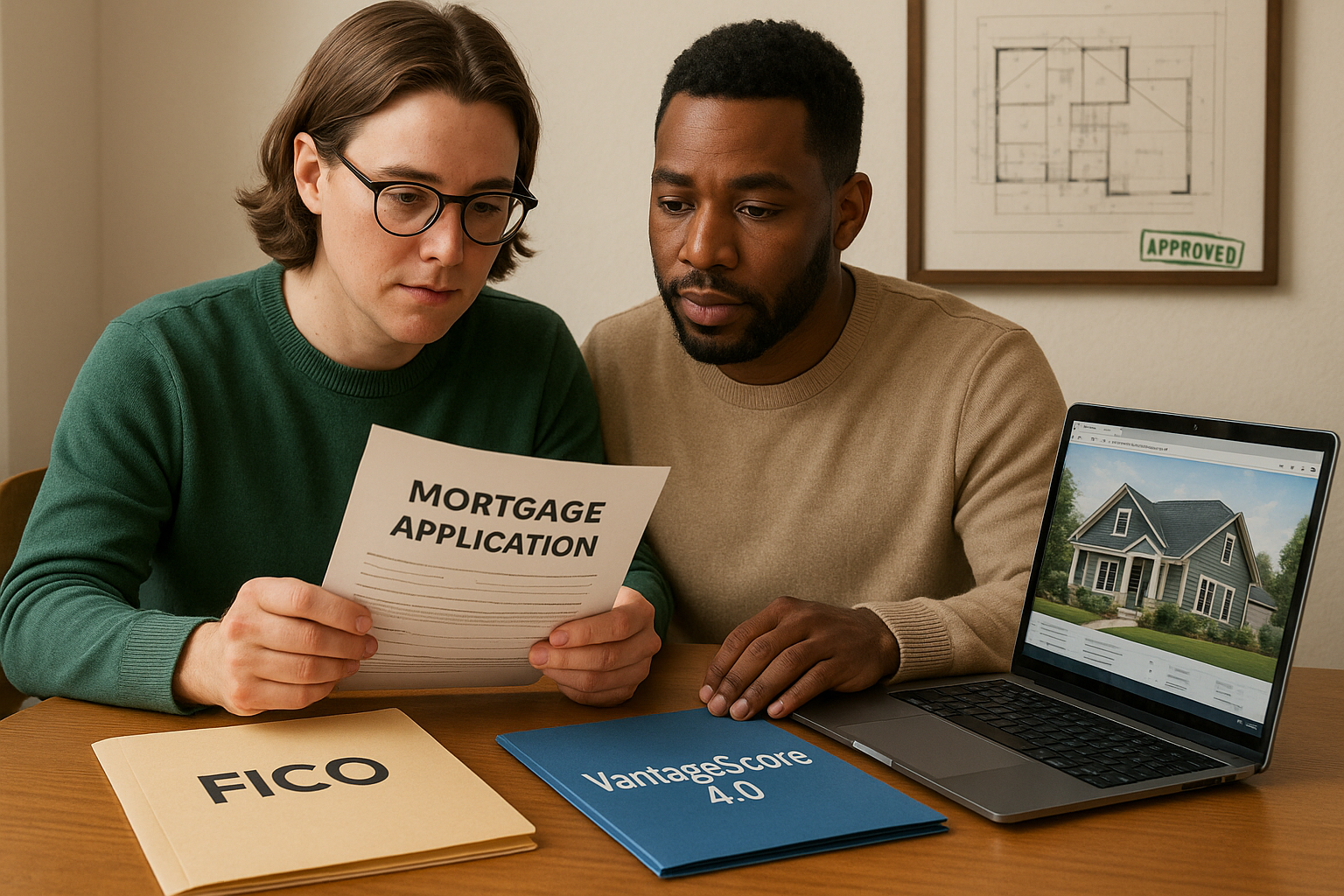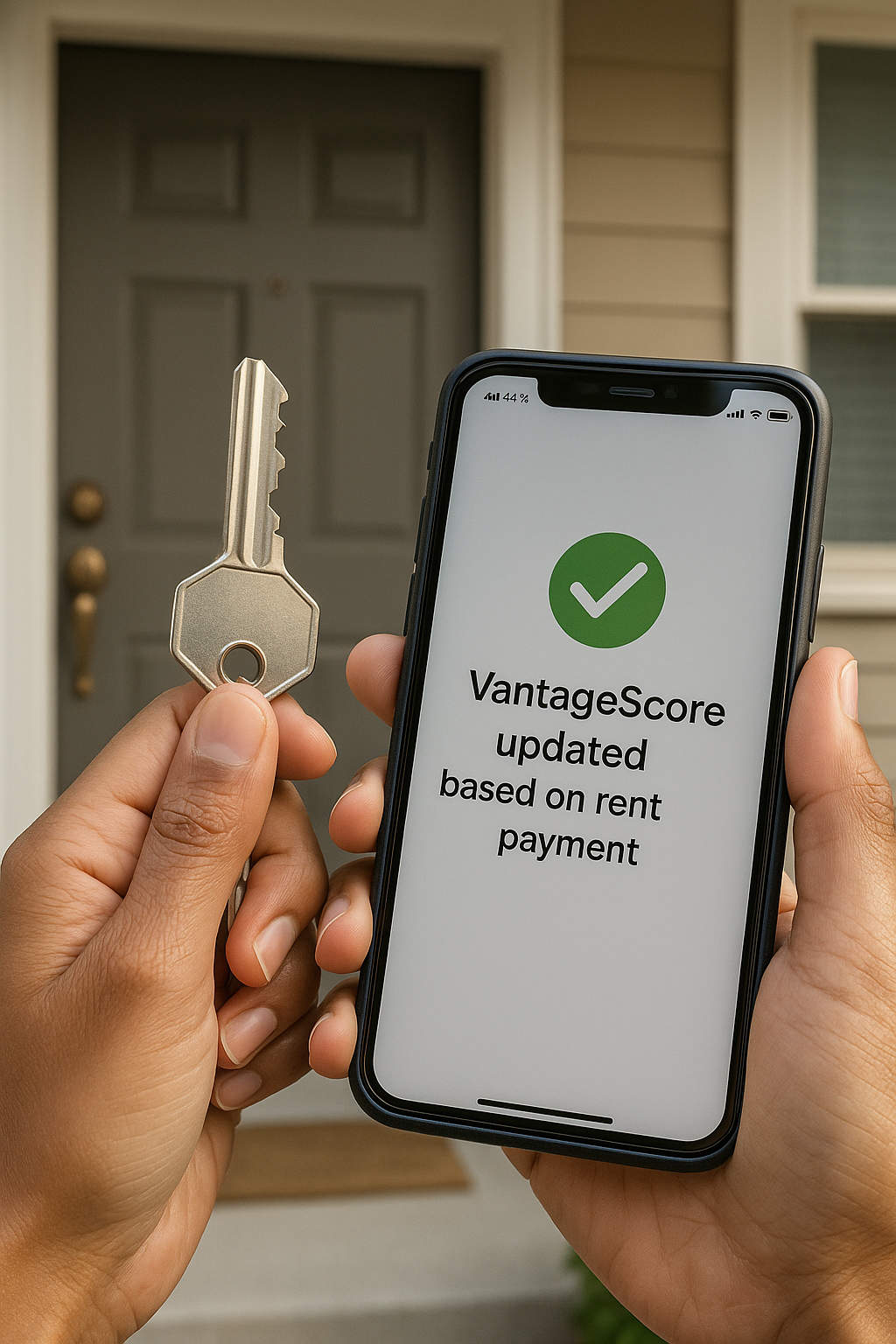
Welcome, familia! Taking the first steps toward buying your own home is one of the most exciting and intimidating milestones of adult life. For young Latinos in the U.S., becoming a homeowner is often a major step not just for ourselves, but for our entire family and future.
We know the dream is strong. Homeownership has historically been a challenge for our community, but we are making huge strides. In 2023, the U.S. Latino homeownership rate reached 49.5%, and we account for more than 70% of new homeowners across the nation since 2004 (National Association of Hispanic Real Estate Professionals). This momentum shows nuestro poder, our power, in the housing market.
However, navigating the U.S. housing system requires a solid game plan. This guide is your playbook, breaking down the essential steps to turn the dream of homeownership into reality.
Step 1: Establish Your Financial Command Center
Before you start touring open houses, we need to get our personal finances in fighting shape. This is the foundation of your entire journey.
Know Your Credit Score
Your credit score is the single most important factor determining the interest rate you’ll pay on your mortgage. A higher score means saving potentially tens of thousands of dollars over the life of your loan. If your score needs work, focus on paying down debt and keeping your credit utilization low, this shows lenders you are a responsible borrower.
Calculate Your True Budget
Understanding your budget goes beyond the sticker price of a home. Use a mortgage calculator to estimate monthly payments, but also factor in:
- The Down Payment: Typically 3% to 20% of the home price.
- Closing Costs: These are fees and expenses paid when the sale closes, usually 2% to 5% of the loan amount.
- Emergency Fund: You’ll want savings left over for unexpected repairs immediately after moving in.
Pro Tip: For Latino first-time homebuyers, finding the down payment is often cited as the biggest hurdle. Do not hesitate to research state and local programs specifically designed to assist first-time buyers and minority groups with down payment and closing costs.
Step 2: Get Pre-Approved for a Mortgage
Getting pre-approved is a non-negotiable step. It’s a formal process where a lender reviews your finances, credit, and employment to give you a letter stating how much they are willing to lend you.
Why Pre-Approval Matters:
- Clarity on Borrowing Power: It sets a realistic ceiling for your home search.
- Competitive Edge: When you make an offer, a pre-approval letter shows the seller that you are a serious and qualified buyer. In a competitive U.S. market, this can make the difference between your offer being accepted or rejected.
Step 3: Find Your Perfect Hogar (Home)
With your financing secured, the fun begins! This is where you work with a real estate agent, ideally one who understands the unique needs of our community, to find the right fit.
Key Considerations:
- Location, Location, Location: Think beyond the house itself. Look at the quality of schools, proximity to work (your commute time), safety ratings, and access to local amenities like markets, parks, and transportation.
- Needs vs. Wants: Be clear on your must-haves (e.g., number of bedrooms, garage) and your nice-to-haves (e.g., renovated kitchen, large backyard). Remember, your first home doesn’t have to be your forever home.
Step 4: Make an Offer and Negotiate
When you find the house that feels right, you submit a formal offer. This includes the purchase price, how you plan to finance the purchase, and a proposed closing date.
- Negotiation is Key: Your real estate agent will guide you through this. Negotiations are not just about the price; they can also cover requested repairs, credits toward closing costs, or certain items staying with the house.
Step 5: Secure Financing and Inspection
Once your offer is accepted, two critical actions happen simultaneously:
- Finalize Your Loan: You will move from pre-approval to the final mortgage application. The lender will order an appraisal to ensure the home’s value justifies the loan amount.
- The Home Inspection: A professional inspector examines the home’s structure and systems (roof, plumbing, electrical, foundation) for any problems. If major issues are found, you have the right to request the seller fix them or to renegotiate the price. Do not skip the inspection.
Step 6: Close the Deal
The “closing” is the final step where you officially become the homeowner. You will sign a mountain of documents. Ensure you read them carefully or have your real estate agent or lawyer walk you through them.
At Closing, You Will:
- Pay the remaining down payment and closing costs (often through a wire transfer).
- Sign the mortgage note and deed.
- Receive the keys to your new home!
Building Our Future, One Home at a Time
Homeownership is more than just a place to live; it’s a primary pathway to wealth creation in the U.S. It offers tax advantages, a stable monthly payment (with a fixed-rate mortgage), and a tangible asset that typically appreciates over time. By following this roadmap, we are not just buying a house: we are investing in nuestro future and securing a better financial legacy for the generations that follow us.
👉 Ask Gabi anything, anytime.
Stay tuned! We got you!







